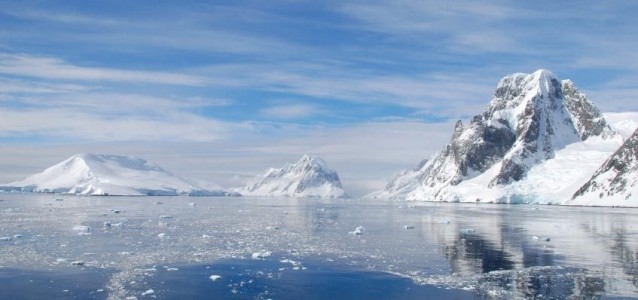Since the late 1980s the US National Oceanic and Atmospheric Administration (NOAA) has been releasing an annual report with a summary of the state of the global climate and this year was no exception.
The release of this publication coincides with the American Geophysical Union (AGU) position statement on climate change entitled ‘Human-induced climate change requires urgent action’ in which the Union declares that “humanity is the major influence on the global climate change observed over the past 50 years” and that “rapid societal responses can significantly lessen the negative outcomes”. Below are the main findings of the NOAA report:
- Average temperatures: 2012 was among the 10 warmest years. The United States and Argentina witnessed their warmest year on record.
- Sea surface temperatures: 2012 was ranked 11th among the warmest years on record.
- Sea level: after the sharp decrease observed in 2011, the sea level rebounded in 2012 reaching high values. The seal level has been increasing at an rate of 3.2±0.4 mm per year over the last two decades.
- Ocean salinity: there has been a rising trend since 2004.
- Tropical cyclones: 2012 was a near average season with a total of 84 storms.
- Greenhouse gases: the three major greenhouse gases (carbon dioxide, methane and nitrous oxide) continued to rise in 2012.
- Ozone depletion: the 2012 Antarctic ozone hole was significantly weaker than average in comparison to typical hole over 1990-2011 period.
Of all the findings in the report, the extent of the sea ice in the Arctic was the major story of 2012. Sea ice is frozen ocean water that melts each summer and then refreezes each winter, with the smallest extent occurring in September and the largest in March. The ice cover is important because it buffers the air-sea fluxes, and through the ice-albedo feedback it has a huge influence on solar radiation fluxes. According to the 2012 report, the sea ice in the Arctic continues to shrink. More than 97% of the ice sheet covering Greenland melted to some extent in 2012, four times greater than the 1981-210 average. The Arctic continued to warm at about twice the rate compared with lower latitudes. The sea ice shrank to its smallest ‘summer minimum’ extent since satellite records began 34 years ago. In fact the area of perennial ice (the remaining ice cover in summer) has been steadily decreasing at a rate of 10% per decade. Such a dramatic loss has implications for regional and global ecology, climate and industry.
On 8 September 2013, the UK Daily Mail reported that the Arctic ice cap grew 60% in a year due to the last chilly summer. Another article in the Telegraph claimed also that there has been a 60% increase in the amount of ocean covered with ice compared to this time of the year. According to the two articles, this increase in about a million square miles comes several years after the British Broadcasting Corporation (BBC) predicted that the Arctic would be ice-free by 2013. Meanwhile another UK newspaper, The Guardian, named the two other articles as “Arctic sea ice delusions”.
So, what is really going on in the Arctic? Is the Arctic cooling?
It seems unlikely that the Arctic is cooling; recent evidence shows that despite an increase in winter sea ice extent compared to the previous year, which was a record low, the long term trend in Arctic sea ice is downwards. Perhaps the Arctic sea ice extent might not reach a lower value than 2012 any time soon but according to new satellite measurements from the European Space Agency (ESA), the Arctic sea ice volume continues to decline. And maybe we ought to wait until end of September when the minimum sea ice extent for 2013 can be confirmed…
References
Houghton 2009: Global warming: the complete briefing. Fourth Edition, 458pp. Cambridge University press
